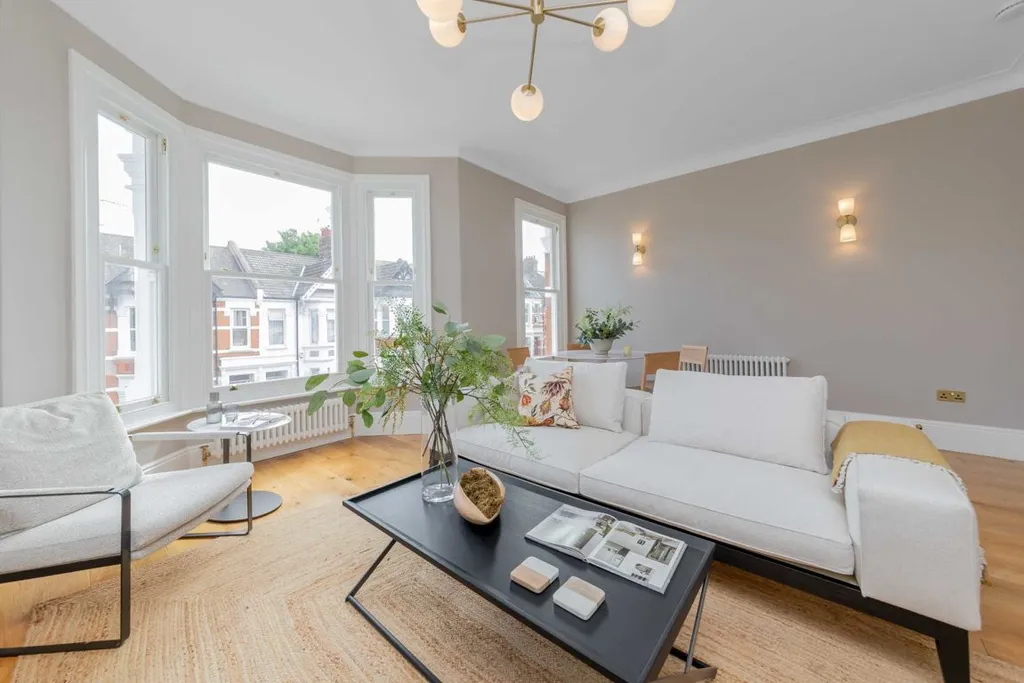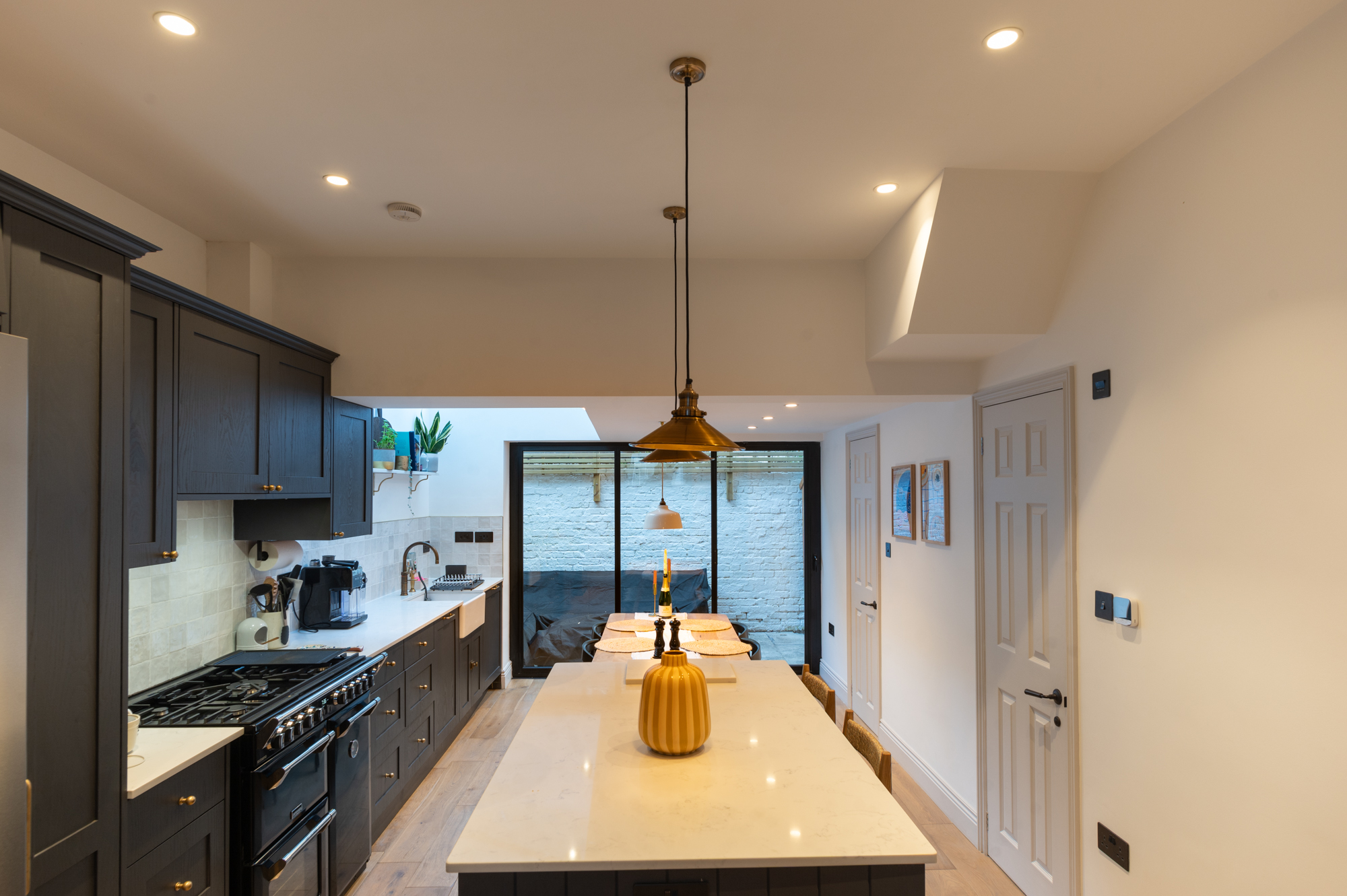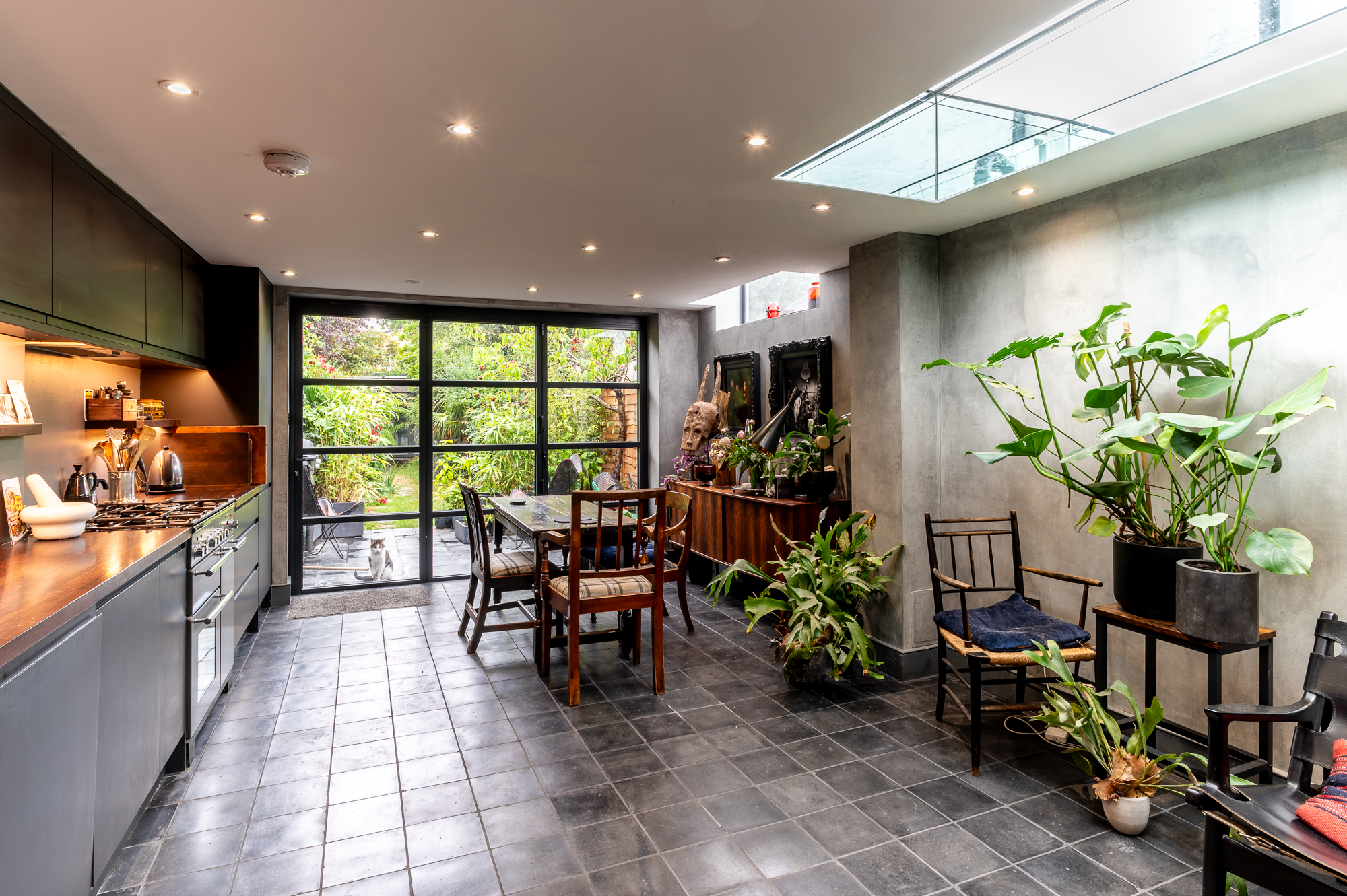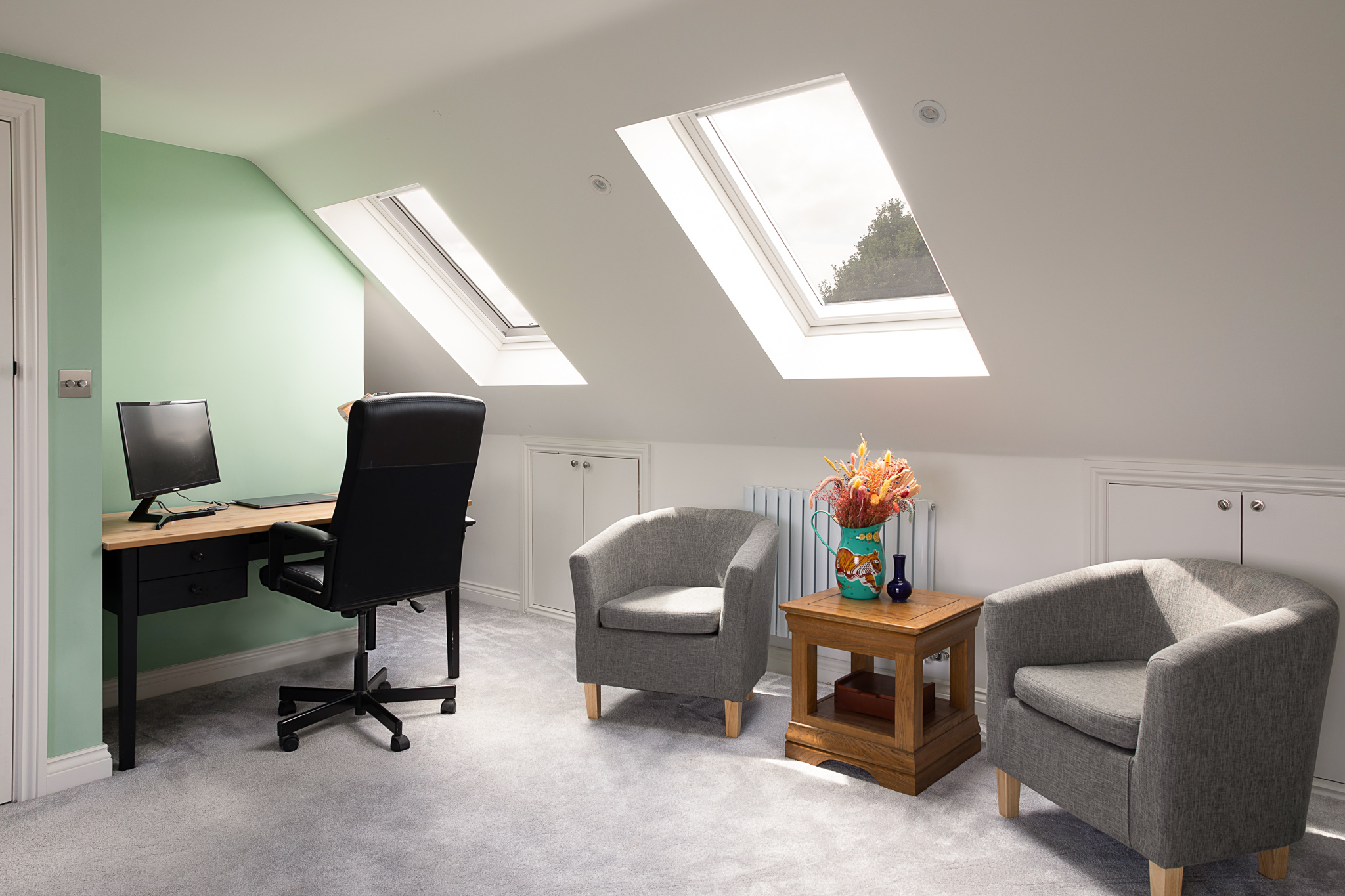With its well-connected transportation network, thriving employment sector and three conservation areas, Hayes is a perfect balance of urban convenience and historical charm. Its long-standing heritage blends seamlessly with its modern amenities, making it a desirable place to call home.
But as your family grows or your life styles changes, the space in your home can feel limiting. That’s why a loft conversion is a practical solution to add much-needed room without having to move from this wonderful location. At Good Design & Build, our team of specialists are here to help you maximise your home’s potential.
What Our Clients Say
Featured Projects

Newham
Janson road E15
This project was completed in 2024, and the approx. budget was £90K.
Learn more

Finsbury Park
Park Road N8
This project was completed in 2024, and the approx. budget was £100K.
Learn more

Harlesden
Sellons Ave NW10 4HJ
The project included creating a master bedroom in the loft with an adjoining terrace.
Learn more

Fulham
Orbain Road SW6 7JZ
This project was completed in 2023 and the approximate budget was £101,000.
Learn more

Lambeth
Hetherington Road SW4
We completed this stunning project for our client Angus in Lambeth.
Learn more

Newham
Janson road E15
This project was completed in 2024, and the approx. budget was £90K.
Learn more

Finsbury Park
Park Road N8
This project was completed in 2024, and the approx. budget was £100K.
Learn more

Harlesden
Sellons Ave NW10 4HJ
The project included creating a master bedroom in the loft with an adjoining terrace.
Learn more

Fulham
Orbain Road SW6 7JZ
This project was completed in 2023 and the approximate budget was £101,000.
Learn more

Lambeth
Hetherington Road SW4
We completed this stunning project for our client Angus in Lambeth.
Learn more
Frequently Asked Questions
We are a South West London-based design and build studio. We specialise in remodelling semis, loft conversions and kitchen extensions,Victorian and 1930s residential properties. We carry out projects from planning to completion. We are a friendly and professional team of architects, technicians, project managers and builders to help you at every stage.
A loft conversion is the process of turning unused attic space in your Hayes home into a functional room like an extra bedroom or study. It’s an excellent way to make better use of underutilised space.
The cost of a loft conversion depends on various factors, including the size of your loft, the type of conversion chosen and any structural reinforcements required. Interior design choices, such as flooring, lighting and finishes, also contribute to the overall price.
In most cases, loft conversions in Hayes do not require planning permission, as they fall under permitted development. However, homes in conservation areas or listed buildings may need approval. Our team will handle all aspects of this phase for you.
There are many types of loft conversions; a few of it include the following;
Velux – Installing Velux windows in the loft space without making any structural changes.
Dormer – Adds extra space and height by extending the roof.
Hip-to-gable – Converts a sloped roof into a vertical wall for increased headroom.
Mansard – A stylish option that creates a near-vertical wall and flat roof for maximum space.
Absolutely. Loft conversions are a proven way to enhance the value of your Hayes property, often adding a significant percentage to its market price while increasing its overall appeal.
It normally takes approx. 8-10 weeks to complete a loft conversion depending on the type and size.
Not at all. The old water tank can be decommissioned by our qualified plumbers. Chimneys can either be boarded out or removed to create more floor space, depending on your requirements.
You can easily check this if you have a loft access hatch and ladder. Try and measure the distance from the top of your first-floor ceiling joists to the underside of loft ridge timber. You need a minimum 2.5m to achieve the floor-to-ceiling height of 2m which is the minimum requirement. If your loft height falls short of 2.5m, you may need to drop the first-floor ceilings to achieve minimum height.

















